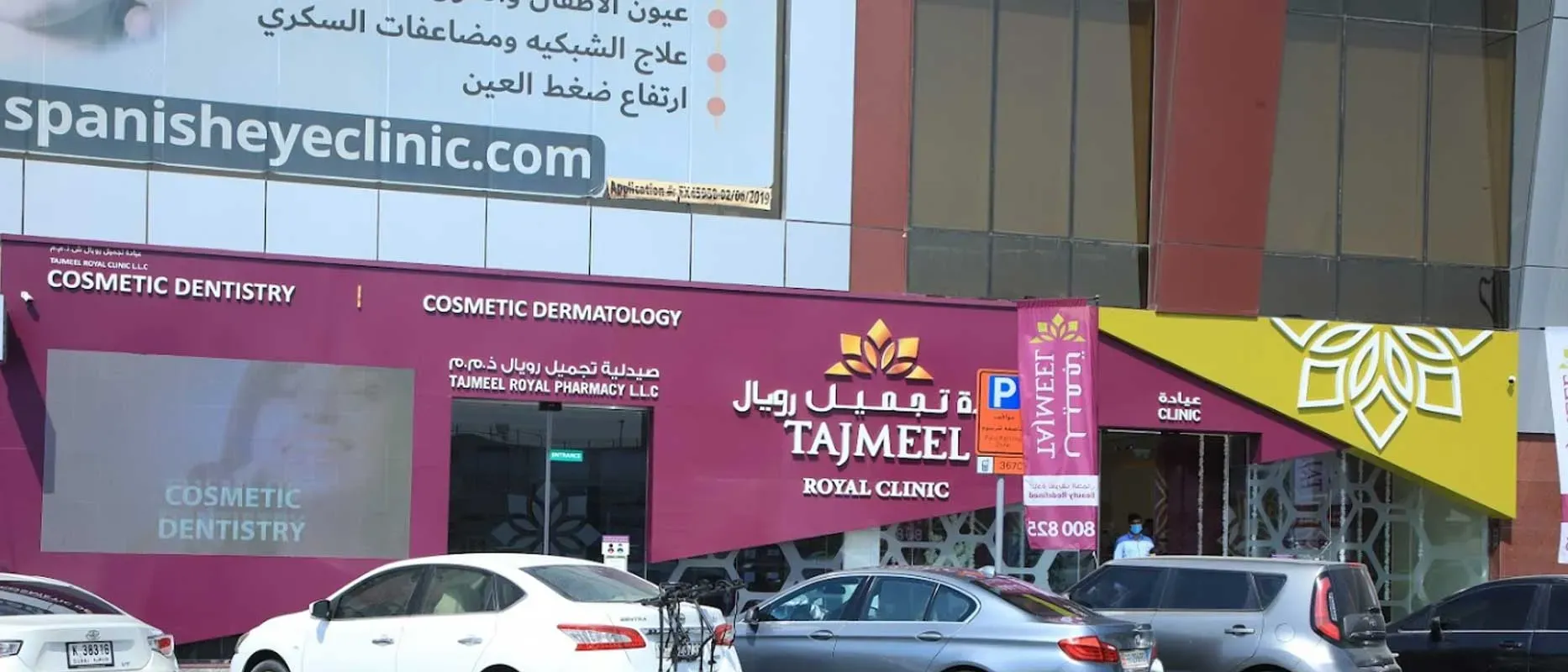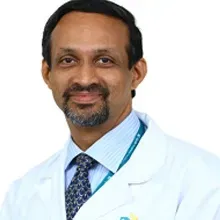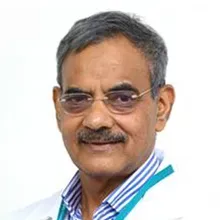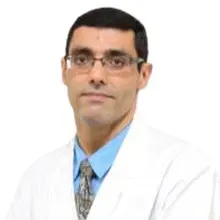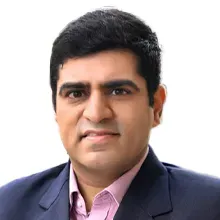Overview of Laser Skin Resurfacing Treatment India
Laser skin resurfacing is a skin care procedure used to improve the skins appearance or treat facial flaws. Doctors will recommend either ablative or non-ablative lasers depending on an individual's needs. Both these procedures include:
01. Ablative Laser - This wounding laser uses either Erbium or Carbon dioxide. It removes the outer layer of skin and heats underlying skin, which stimulates the collagen production. Erbium is used to treat wrinkles and fine linesCO2 laser resurfacing is used to get rid of warts, scars and deep wrinkles. Both these lasers remove outside layers of the skin. As the outer layer heals and regrows, the new skin will appear tighter and smoother.
02. Non-ablative Lasers - It is a non-wounding laser to stimulate the collagen growth. No skin layer is removed in this procedure. It can be done with several types of lasers such as pulsed-dye lasers, pulsed light and fractional lasers. It is a non-invasive procedure and less recovery time is required. It is also used to treat spider veins, rosacea and acne.
Both these lasers can be delivered with a fractional laser, which reduces the side effects and recovery time. It can also improve complexion and skin tone. The procedure cannot reduce the sagging or excessive skin. It can be done alone or combined with other cosmetic surgeries.
Types of Laser Skin Resurfacing Treatment India
Laser Skin Resurfacing Types
There are two types of lasers used in laser resurfacing carbon dioxide and Erbium. Both these methods vaporize damaged skin cells.
01. CO2 Laser Resurfacing - This procedure involves the use of carbon dioxide. It has been used for many years to treat several skin issues wrinkles, warts, scars, enlarged oil glands and more. The advanced version fractionated CO2, uses short pulsed light energy to remove outer skin with less heat damage. The recovery may take up to 2 weeks.
02. Erbium Laser Resurfacing - Erbium Laser skin resurfacing treatment is the best option to treat deep wrinkles, sun spots, scars, actinic keratosis and more. It can also remove deep lines from hands, face, chest or neck. The advantage of this procedure is less burning on the treat areas. Moreover, it has less side effects, such as redness, bruising and swelling. The total recovery time is one week only. It also gives best results on darker skin tone.
Skin Resurfacing Treatment
Before Procedure
Consult your doctor and tell him or her about your skin conditions, such as fever blisters or cold sores. It is mandatory to apprise the doctor about any cosmetic procedure done earlier. The doctor will examine your skins physical features, such as tone and thickness. This procedure can increase the breakouts.
Avoid taking any medications or supplements, such as ibuprofen, aspirin or Vitamin E for 10 days prior to the procedure. You also need to stop smoking for two weeks before and after the procedure as it can slow down the healing process. The doctor may recommend an antibiotic medication before the procedure to prevent infection.
Avoid too much sun exposure up to two months before the procedure as it causes permanent pigmentation after the procedure. Discuss allowed sun exposure and sun protection with the doctor. Arrange for someone who can ride you home after the procedure.
During Procedure
It is an outpatient procedure so there is no hospital stay required. To treat small areas, the medical team will numb the skin with medicines. For extensive treatment, doctors may give you sedative medications. Treating parts of the face may take around 30 to 45 minutes whereas full-face treatment may take up to 2 hours.
If a doctor is using ablative laser resurfacing, then an intense beam of laser is used on skin. This laser beam will destroy the outer layer of skin and will help in collagen production. For non-ablative laser treatment, a number of sessions are required to get the best results. These sessions will be scheduled in weeks or months.
After the Procedure
Post laser procedure, the doctor will apply bandage on the treated areas. Skin may feel itchy for 12 to 72 hours. After 24 hours of the procedure, individuals need to clean the treated area/s 4 to 5 times a day. After cleaning the area, apply an ointment prescribed by the doctor.
There will be swelling after the procedure and it is normal. Doctors may recommend sleeping on an extra pillow at night to reduce swelling. After 5 to 7 days of the procedure, treated skin will become dry and peel. Additionally, it is important to apply broad-spectrum sunscreen to protect your skin from ultraviolet B and ultraviolet A rays. It is a good idea to reduce your time in the sun, especially between 10 AM to 2 PM.
Diagnosis of Laser Skin Resurfacing Treatment India
Laser Skin Resurfacing Benefits
It is a non-surgical cosmetic method that treats skin from the deeper layers. Its benefits include:
01. Minimizes scars, wrinkles and fine lines
02. Stimulate collagen production
03. Tighten your skin
04. Treat sunspots, spider veins, hyperpigmentation and melasma.
05. Treats blackheads, whiteheads and uneven skin tone
06. Less downtime or recovery time
07. Long lasting results
08. May treat precancerous skin lesions
Symptoms and Risk factors
Laser Skin Resurfacing Side Effects
The new skin after laser skin resurfacing treatment is not perfect but it can improve the appearance. There are several risks associated with the procedure:
01. Redness
02. Burns from the lasers heat
03. Swelling
04. Itching
05. Scars
06. Bacterial Infection
07. Hypopigmentation
08. Herpes
09. Eye Abrasion
10. Tooth enamel injury
11. Keloids
Laser Skin Resurfacing Recovery
The total recovery may take up to 10 to 21 days. After full recovery, you are allowed to wear oil-free makeup. After two to three weeks, start applying light water-based moisturizer. Avoid products that contain acids such as glycolic acid, salicylic acid while skin recovering. To clean the skin, you may need to use a saline or vinegar-based solution prescribed by a doctor. Moreover, avoid rubbing the treated area when cleaning it and avoid hot showers. The follow-up appointment after the procedure is at 2 to 3 days, 1 week, 3 to 4 weeks, 3 months, 6 months and one year.
Top Hospitals for Laser Skin Resurfacing in India
Shaping the future of the healthcare institution and establishing the path to accomplishment.
Top Doctors for Laser Skin Resurfacing in India
Empower your Health with the Expertise of Leading Medical Professionals.
Dr. Ganapathy Krishnan
Department of Plastic Surgery
Consultant
Book Appointment
Dr. Nitin Sethi
Department of Internal Medicine & Plastic Surgery
Additional Director
Book Appointment
Dr. Nikhil Mehta
Department of Plastic Surgery
Associate Consultant Centre For Plastic
Book Appointment
Treatment Costs for Laser Skin Resurfacing
Be the change and be an opportunist in transforming healthcare.
How it's Works
Guiding your Journey from Discovery to Treatment Planning and Beyond.
Discovery
Get a consultation to discover about your treatment
Pre-Treatment
Admission to the best hospital and all pre-treatment facilities
Post Treatment
Get post-treatment follow-up care with medicine fulfillment
Treatment Planning
Hassle-free treatment planning with package & cost estimations
in-treatment
world-class quality procedures and equipment for treatment












